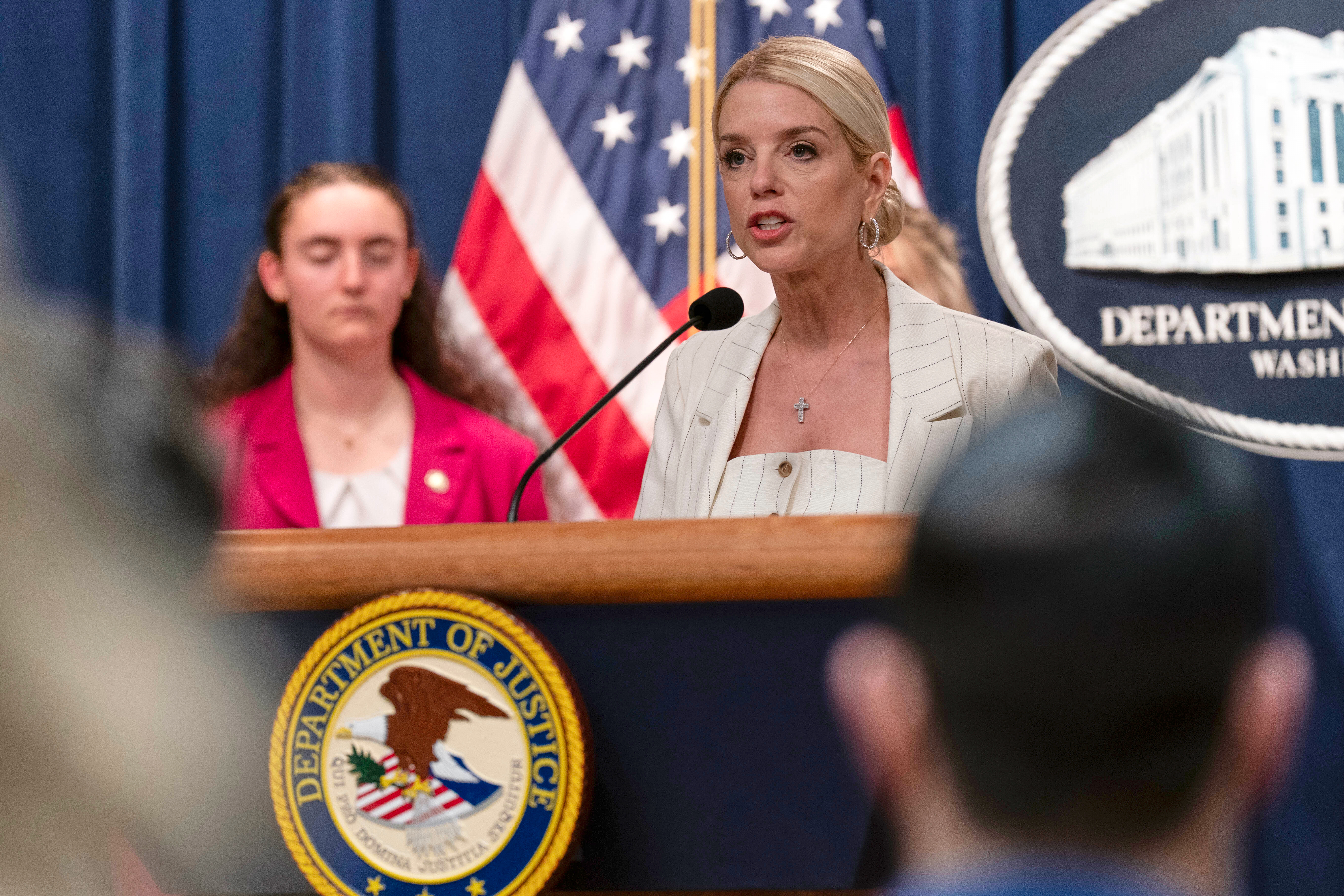The water dispute between states is heating up after California could not come to an agreement with six other Colorado River Basin states about how to cut down on water needed from the Colorado River.
The seven Colorado River Basin states are Colorado, Utah, Wyoming, New Mexico, Arizona, Nevada and California. About 100 years ago, they negotiated how much water each state would get.
Richard Frank is a director with the California Environmental Law and Policy Center. He says the Basin states were asked by the federal government to come up with a new agreement considering historic low water levels.
"Unfortunately, those negotiations have not gone well," Frank said.
He says the federal government gave Colorado Basin states a Jan. 31 deadline to come up with a plan to reduce water usage by 3 million to 4 million acre-feet per year. On average, Frank says the Colorado River gets 10 million to 13 million-acre feet per year through snowfall.
"Six Colorado Basin states other than California did come up with an agreement," Frank said. "But that agreement largely provided that the major share of those cuts should be allocated to California."

More water cuts in the future for Arizona, threatening agriculture
As farmers in Yuma County, Arizona, see water cuts, the amount of leafy greens they grow might be affected.
Frank says California currently draws the most water from the river at 4.4 million acre-feet. That's close to the amount the Biden administration is asking states to reduce.
While six of the Basin states wanted California to make the most cuts, California didn't agree. The Golden State came back arguing the other six states should collectively share most of the burden of reductions because of its role in U.S. agriculture.
Now it's going to be up to the federal government to decide how states will allocate the water. It's a role Frank says the feds hoped they didn't need to play. The Bureau of Reclamation will likely issue its decision in the spring.
This has left many farmers worried about what cuts could mean for people's livelihood. David Kreamer is a hydrologist at University of Nevada Las Vegas.
"90% of the winter vegetables in the United States come from California," Kreamer said.
Both he and Frank agree some difficult decisions need to be made surrounding agriculture.
"A change in the crops we would use would probably help the system in many ways," Kreamer said.
Some are already rethinking how agriculture in the West is done.
"It may not make sense prospectively in an era of climate change to continue to grow cotton and alfalfa very thirsty crops in the desert," Frank said.
Other solutions include water conservation initiatives, water recycling and stormwater capture.

Why is the US West experiencing a megadrought?
Climate change is affecting the U.S. especially strongly in the West. Rivers and reservoirs are experiencing dangerously low levels.










